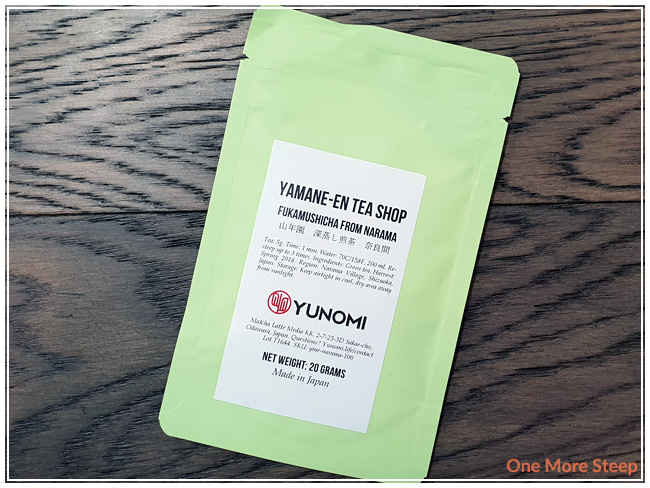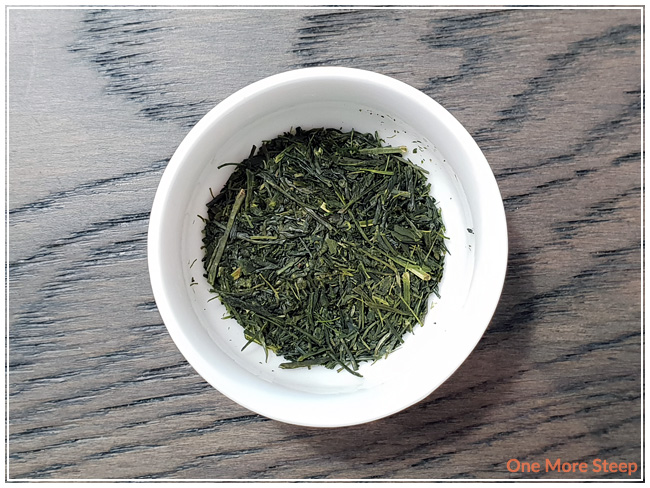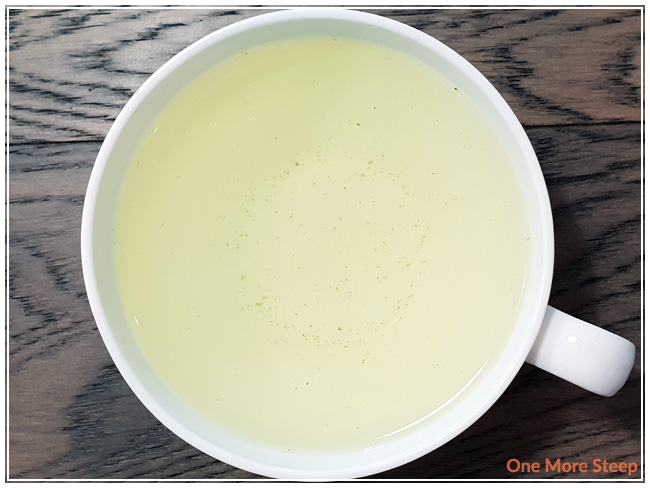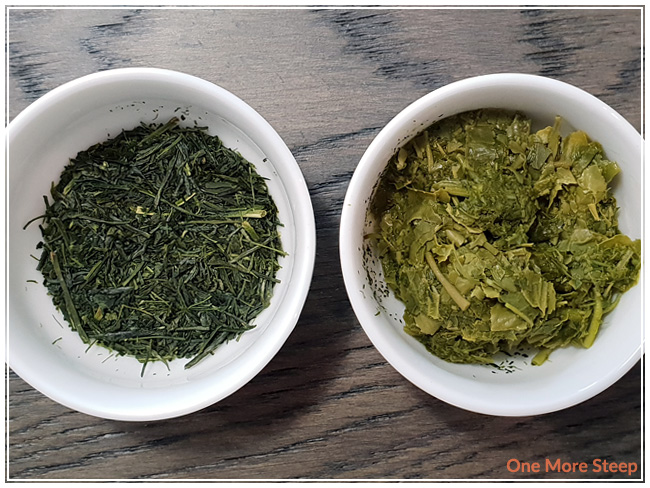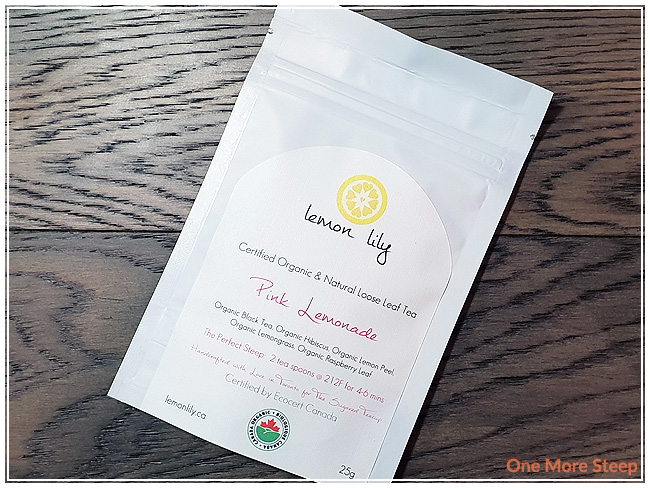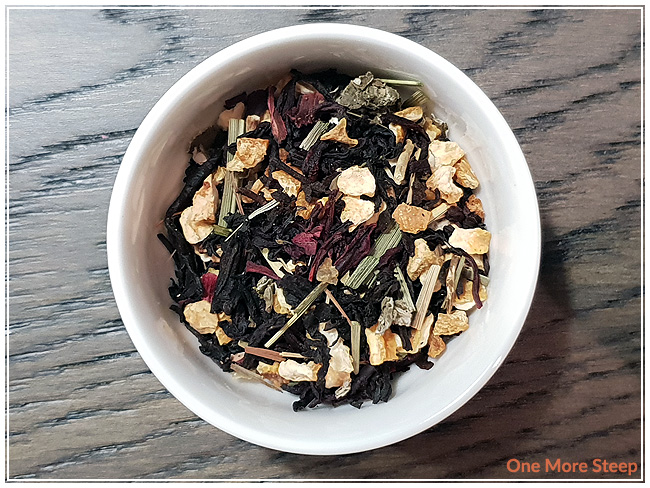Gunpowder by Chai Castle
Green Tea / Straight
$10.00 for 100g
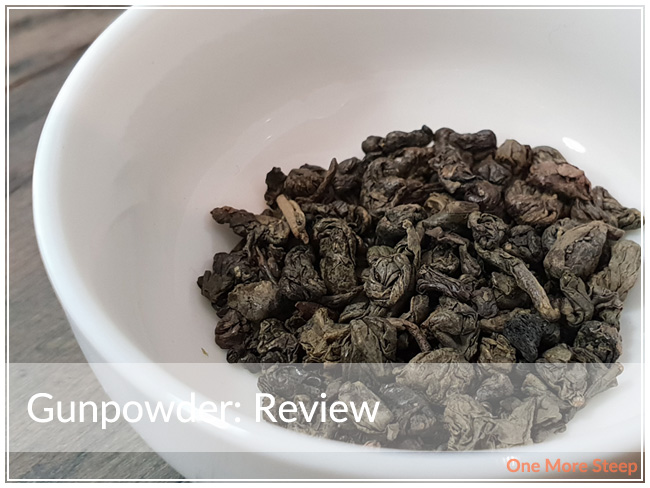
Chai Castle has provided me with Gunpowder for the purposes of providing an honest review.
First Impressions
Chai Castle’s Gunpowder came to me in a resealable black pouch, with a nice label on the front. I love an informative label. If you’ve never had a gunpowder before, it is traditionally a Chinese green tea. Chai Castle’s Gunpowder is no exception. Chai Castle describes their Gunpowder as “brisk, tart and slightly smoky”.

Gunpowder is a Chinese green tea. The leaves are dark olive green, all bunched and rolled together. There is a mild smokey aroma. If you know lapsang souchong tea, it’s nothing like that in terms of the campfire smoke. Just a gentle, mild smokey aroma – enough for you to know it’s there, not enough for you to think there’s a wildfire happening somewhere.
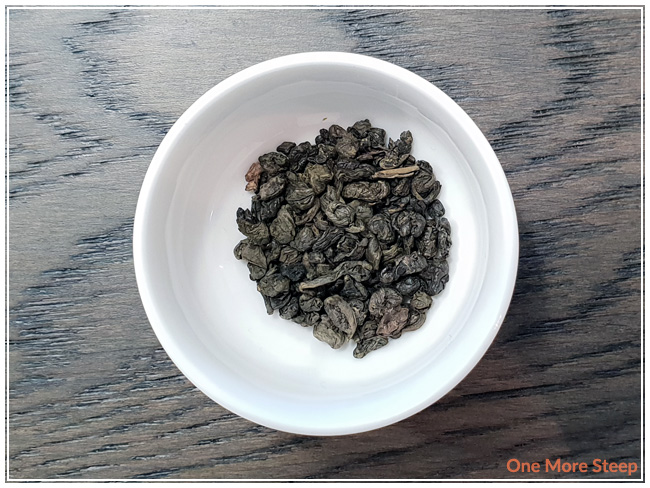
Preparation
Chai Castle recommends steeping Gunpowder in 79°C (175°F) water for 2 to 3 minutes. My initial steep was for 2 minutes.
First Taste
Gunpowder steeps to a lovely golden orange. On first taste, I do notice that there’s a slight astringency in the tea – but it’s not off-putting. There’s a nice smokey flavour, without making me feel like it’s over the top. It’s a very clear tasting tea though, nice blend of smoke, vegetal notes, and just that little touch of astringency at the end of each sip. If you’re not a fan of the astringency, I’d recommend steeping Gunpowder for little bit less than 2 minutes (probably start at 60 seconds and titrate up to your liking).
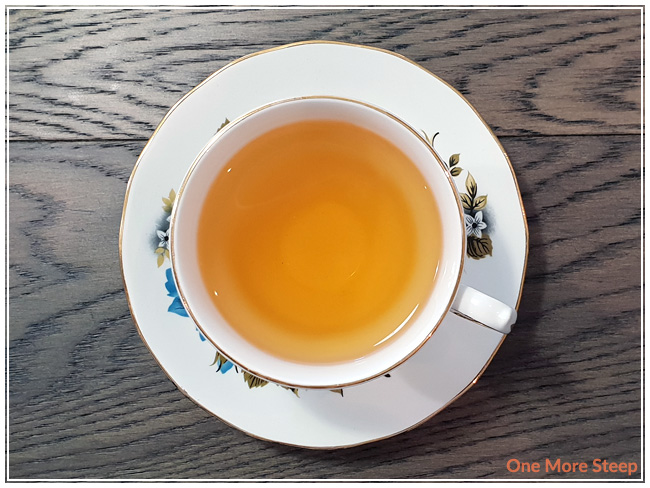
A Second Cup?
I resteeped Gunpowder three times, adding an extra 30 seconds for each steep. I found that the flavour profile remained fairly consistent throughout, but the third resteep was a bit weak in flavour. Overall, I think that Gunpowder can handle being resteeped at least twice and the third can be reserved for people who don’t mind the flavour being a bit weaker.
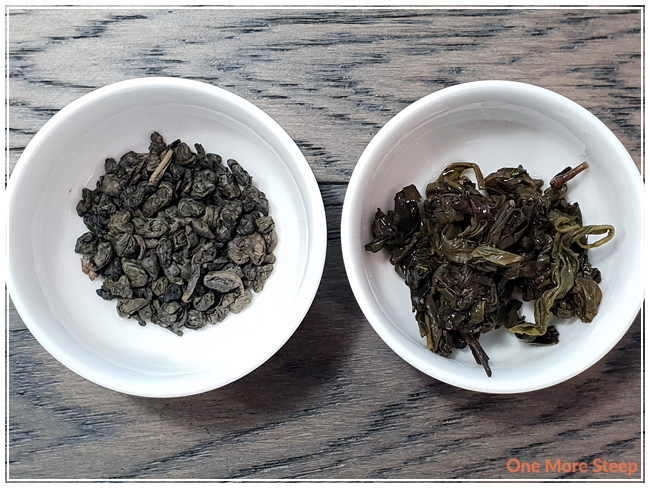
My Overall Impression
![]()
I loved Chai Castle’s Gunpowder. I really enjoyed steeping this green tea, watching the leaves open up was a nice treat that reminded me of my oolong experiences. I was a little bit apprehensive when I read that it had a smokey flavour, but it wasn’t overbearing – it was just enough, and it goes well with the name of the tea as well. For this tea, I would definitely recommend at least two resteeps to get all that nice flavour out of the leaves.
Curious about the cup rating system? Click here to learn more.

